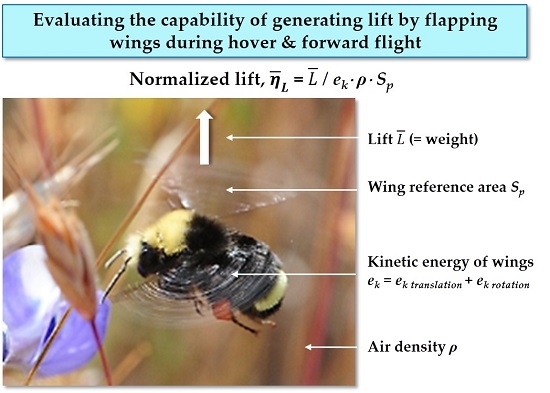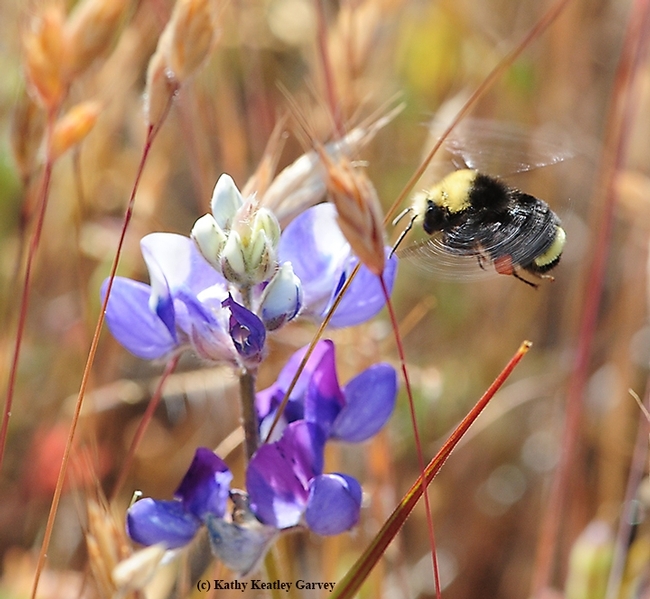
Remember the Spruce Goose? Technically known as the Hughes H-4 Hercules, it was built by the Hughes Aircraft Company for transatlantic flight transport for use during World War II. Although it basically couldn't get off the ground, it made aviation history as (1) the largest flying boat ever built, and (2) the largest-ever wingspan. If you want to see it, it's on display at the Evergreen Aviation & Space Museum, McMinnville, Ore.
Just like the Spruce Goose, the bumble bee doesn't look flight-worthy, either.
But it is.
We saw scores of bumble bees in May of 2015 when we attended a BugShot Macro Photography Workshop, taught by noted insect photographers Alex Wild, John Abbott and Thomas Shahan at the Hastings Natural History Reserve, a biological field station owned by UC Berkeley in the upper Carmel Valley, Monterey County.
While at the four-day workshop, we had plenty of time to capture images of bumble bees in flight--and we did. We especially marveled at the yellow-faced bumble bees (Bombus vosnesenskii) foraging in a lush meadow of vetch and lupine. It was bumble bee heaven! We posted some of the images on Bug Squad.
Enter aerodynamics expert Phillip Burgers of the School of Arts and Sciences, Embry Riddle Aeronautical University, San Diego. He asked for--and received--permission to use one of the bumble bee images for his research paper for an aerospace journal.
"Your photograph is perfect, as it shows those wings flapping back-and-forth, highlighting their kinetic energy concept I am introducing in my paper," he wrote. He signed off as "Phillip Burgers, Ph.D., Aerodynamics & Performance Flight Technologies, General Atomics Aeronautical Systems, Inc."
You can read his paper, published July 29 in a special issue, Flapping Wings, Aerospace 2016, 3(3), 24; doi:10.3390/aerospace3030024. See http://www.mdpi.com/journal/aerospace/special_issues/flapping_wings#published
His illustration, titled "Evaluating the capability of generating lift by flapping wings during hover & forward flight," points out "lift," "wing reference area," "kinetic energy of wings" and "air density."
It's good to see the focus on bumble bees--whether in flight or in the Aerospace journal.
Attached Images:
